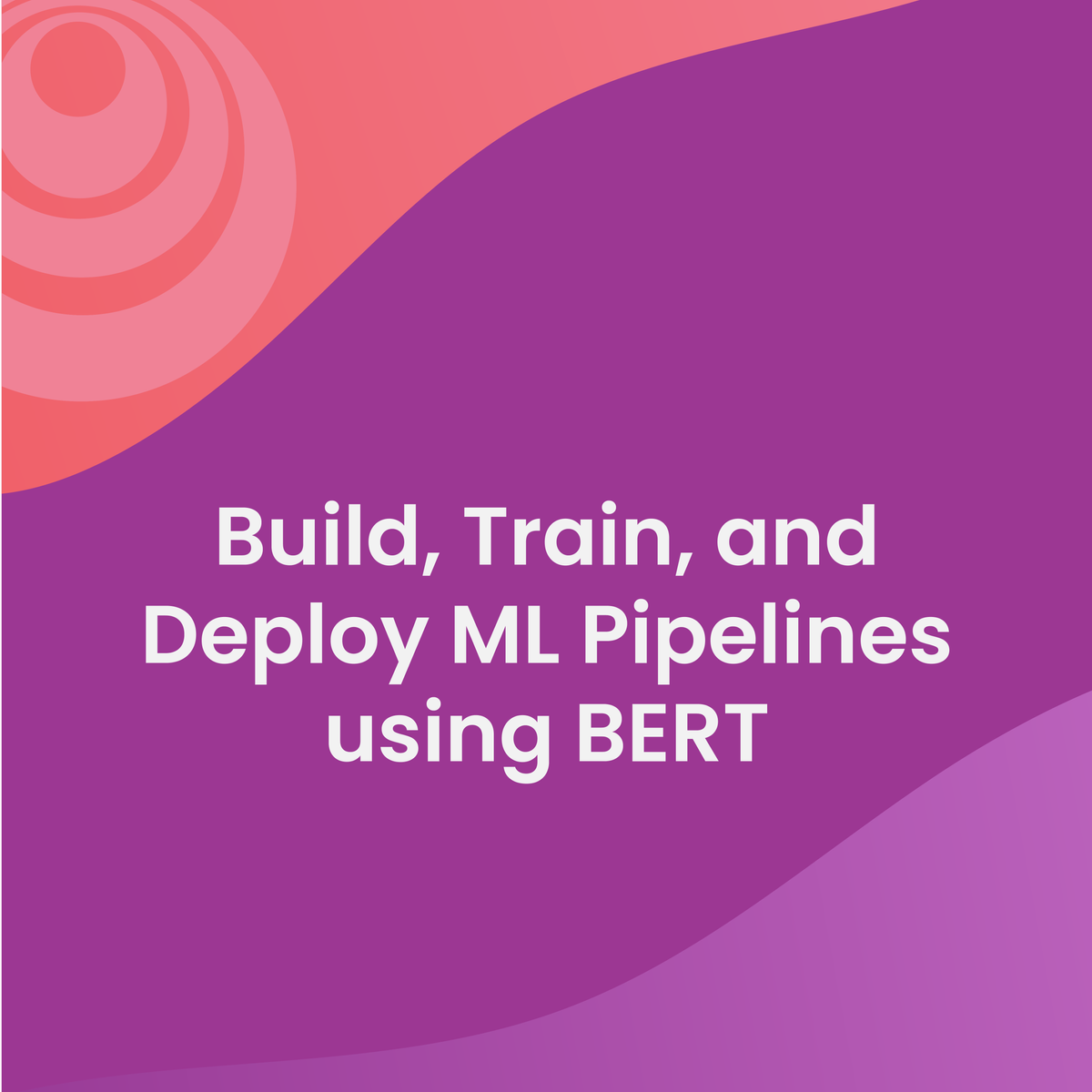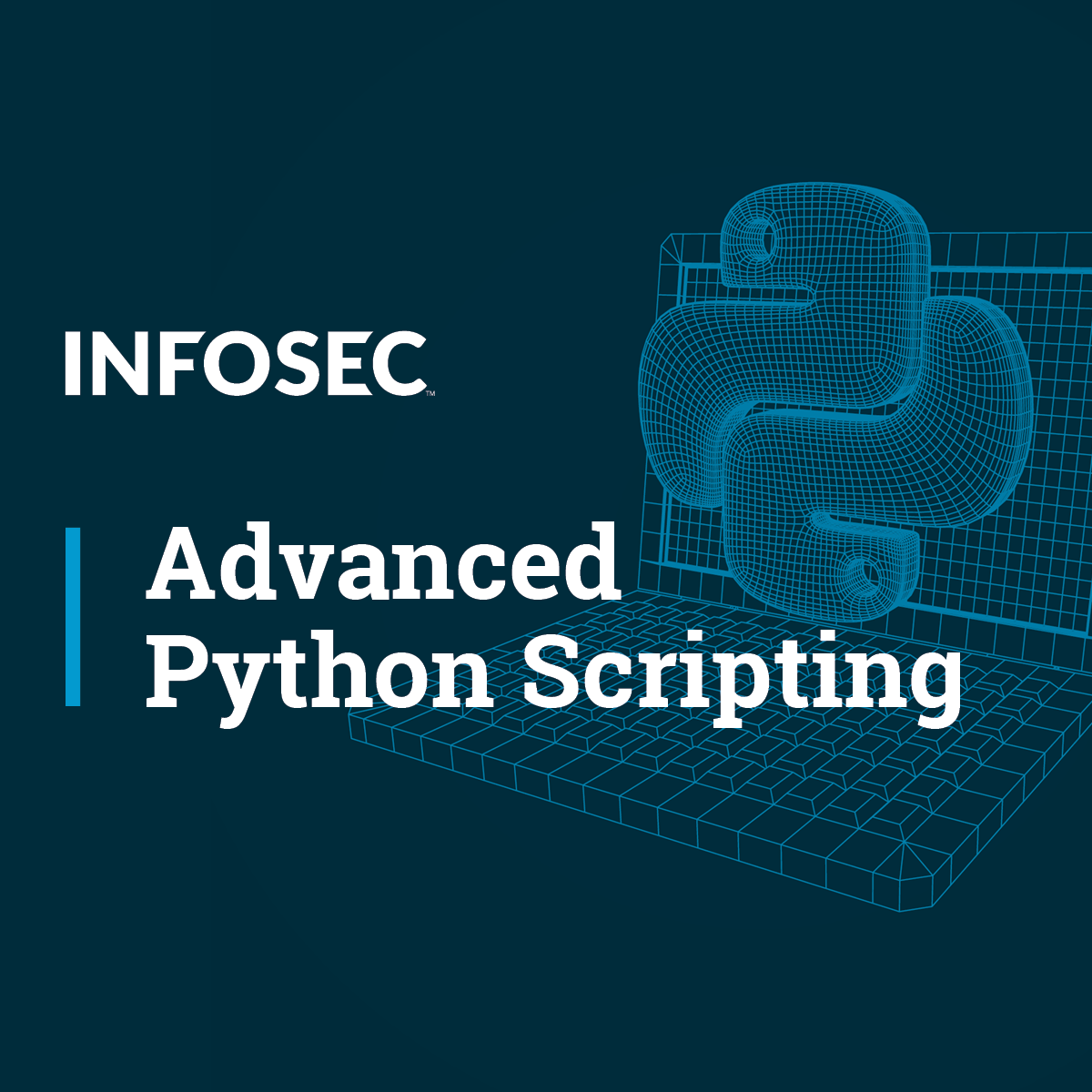Back to Courses









Computer Science Courses - Page 190
Showing results 1891-1900 of 2309

Build a Database from a Relational Model
In this course you will interpret the components of a relational data model, convert that model into a relational database, and then test the database design. The process of database design begins with requirements analysis to determine who will use the new database and how it will be used. The results of the detailed analysis are recorded in an Entity Relationship Diagram (ERD), which documents entities and their attributes, along with the relationships between entities. The ERD (logical design) is then converted into the Relational Model, which serves as the blueprint for the actual creation of a database in a database management system. By the end of this course, you will have used a blueprint—a Relational Model—to create a database using SQLiteStudio. In addition, you will have developed test data and queries to validate the database design represented by the Relational Model.
Note: This course works best for learners who are based in the North America region. We’re currently working on providing the same experience in other regions.

Draw an interactive wireframe in Mockplus
In this 2-hour long project-based course, you will learn how to create an interactive wireframe for a social book reading app with Mockplus, drafting an interaction flowchart in connect mode, drawing the wireframe with multiple components, adding interactive elements, grouping, ordering and aligning the components on screen with the aid of grids and guides, and finally previewing and testing.

Advanced Junos Concepts (Firewall Filters, IPv6, CoS)
This course will describe some advanced Junos OS concepts such as firewall filters and their use as a means of protecting a device from excessive traffic. An overview of the benefits and purpose of class of service (CoS) will be provided along with the implementation of traffic classification, queuing, and scheduling. Recommended Juniper Networks Technical Assistance Center (JTAC) procedures will be described along with the Juniper tools available online to help manage and support Juniper products. The course will be rounded out with a discussion of Juniper security concepts and components.

Leadership Principles for Software Engineers
Sponsored by AMAZON WEB SERVICES (AWS).
Learn real-world software engineering management skills to succeed and impress in your first (or next) management role at elite engineering organizations. NANCY WANG, Director of Engineering and General Manager of AWS Data Protection Services and Founder, Advancing Women in Tech (AWIT), shares with you the engineering skills cultivated at AMAZON (the #2-ranked company in the Fortune 500), with supplemental practices from GOOGLE and MICROSOFT. Develop the skills and mental models that the world's best engineering managers apply to attract and retain world-class engineering talent.
Upon course completion, you will understand what world-class software engineering organizations expect of their managers, including:
* How to BECOME A MANAGER
* Whether MANAGERS or INDIVIDUAL CONTRIBUTORS make more money
* What is the difference between MANAGER EFFECTIVENESS and MANAGER QUALITY
* How to HIRE YOUR TEAM
* How to guide a team with TEAM GOALS

Create a C Program using DevC++ to Demonstrate Scope
By the end of this project you will implement a program using C that demonstrates the notion of scope and its effect on variables.
The C programming language is the basis for many other programming languages. Its syntax has been used in languages such as C++, Java, and C# to name a few. All of these languages utilize scope to control access to variables, so it is an important concept to grasp. C is still the language of choice for writing Operating systems, games, and many other applications where performance is critical.
Note: This course works best for learners who are based in the North America region. We’re currently working on providing the same experience in other regions.

Game Developers and Esports Organizations
Before you can have an Esport, you must have a video game to play and a game developer to design it. This course is dedicated to discussing game developers and their relationship with their respective Esport. The content will help you recognize the qualities a video game must have to become a successful Esport. We will examine the diagram demonstrating the various competitive structures commonly found in Esports.
Esports, just like traditional sports, have their own professional organizations. These organizations strive to become successful businesses that win, make a profit, take care of their professional players, and attract a large audience. We will explore the factors that contribute to an Esports organization’s success, including branding, positioning, structuring the organization and funding sources.

Dialogflow CX: Enable IVR Features for your Voice Agent
This is a self-paced lab that takes place in the Google Cloud console. Build a conversational agent that include IVR features that Dialogflow CX provides.
Dialogflow CX provides a simple, visual bot building approach to virtual agent design. For a full voice experience, your Dialogflow CX Agent can be integrated with various conversational platforms, including telephony providers. In this lab, you'll explore these Interactive Voice Response (IVR) features as well as two additional features - conversation repair and Speech Synthesis Markup Language (SSML) - that help end users feel as though they're having a natural, interactive, and cooperative conversation.
This lab will show you how to enable various IVR features, but you will only be able to test some of them with the Dialogflow CX Phone Gateway. Features like DTMF (Dual-Tone Multi-Frequency) and Barge-in (where the user can interrupt the bot) are not supported in Dialogflow Telephony and can only be tested with your telephony provider.
In this lab you will continue building a conversational agent, exploring and adding the IVR features that Dialogflow CX provides.

Build, Train, and Deploy ML Pipelines using BERT
In the second course of the Practical Data Science Specialization, you will learn to automate a natural language processing task by building an end-to-end machine learning pipeline using Hugging Face’s highly-optimized implementation of the state-of-the-art BERT algorithm with Amazon SageMaker Pipelines. Your pipeline will first transform the dataset into BERT-readable features and store the features in the Amazon SageMaker Feature Store. It will then fine-tune a text classification model to the dataset using a Hugging Face pre-trained model, which has learned to understand the human language from millions of Wikipedia documents. Finally, your pipeline will evaluate the model’s accuracy and only deploy the model if the accuracy exceeds a given threshold.
Practical data science is geared towards handling massive datasets that do not fit in your local hardware and could originate from multiple sources. One of the biggest benefits of developing and running data science projects in the cloud is the agility and elasticity that the cloud offers to scale up and out at a minimum cost.
The Practical Data Science Specialization helps you develop the practical skills to effectively deploy your data science projects and overcome challenges at each step of the ML workflow using Amazon SageMaker. This Specialization is designed for data-focused developers, scientists, and analysts familiar with the Python and SQL programming languages and want to learn how to build, train, and deploy scalable, end-to-end ML pipelines - both automated and human-in-the-loop - in the AWS cloud.

Establishing Command-and-Control and Finding Credentials
This course demonstrates the use of Python to establish command-and-control channels between a target environment and the attackers infrastructure. This course also demonstrates the use of Python to collect information on a system, including both user credentials and other sensitive data.

Capstone Project
The Capstone Project gives you an opportunity to revisit the concepts covered and develop a workable solution for the given problem statement following the best practices. The solution has to be developed in accordance with the industry standards within the stipulated time based on the guidelines provided.
